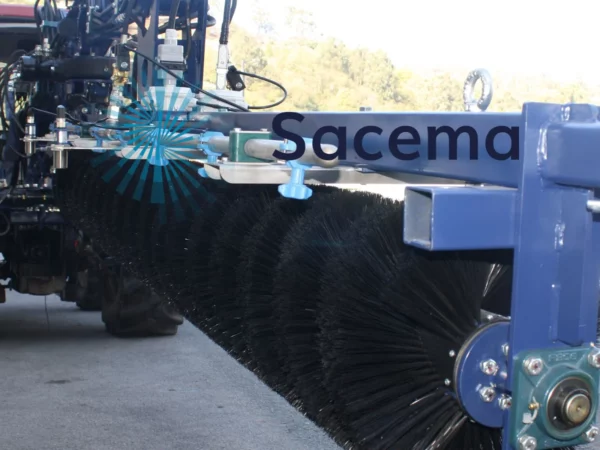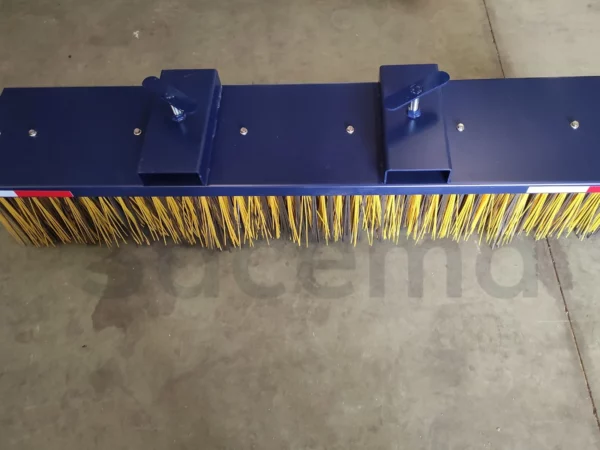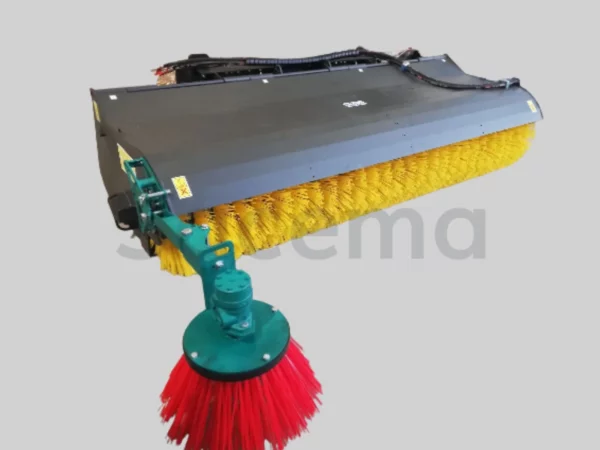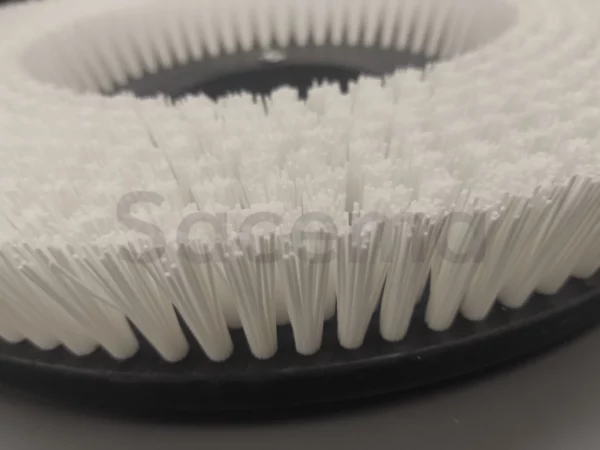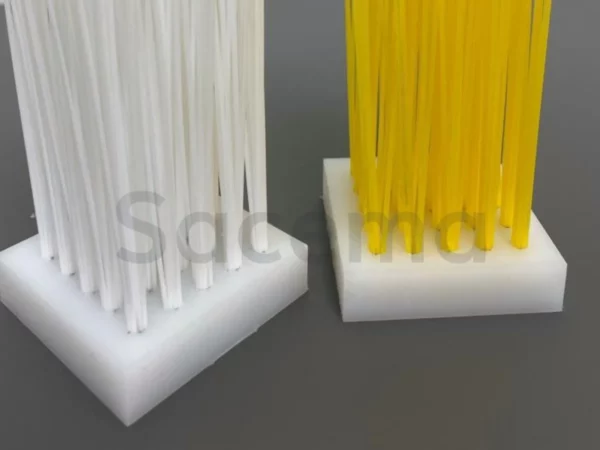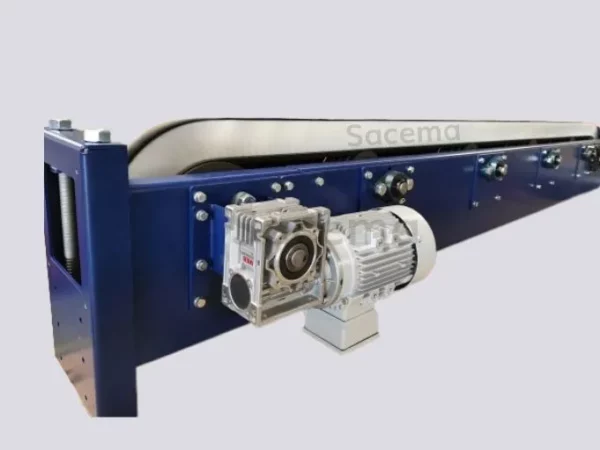Solar Panel Cleaner
Our Solar Panel Cleaner for tractor attachment is used to keep solar panels clean in solar farms efficiently and effectively. Its main function is to remove the accumulation of dirt, dust, pollen, and other debris that can reduce the efficiency of the solar panels.
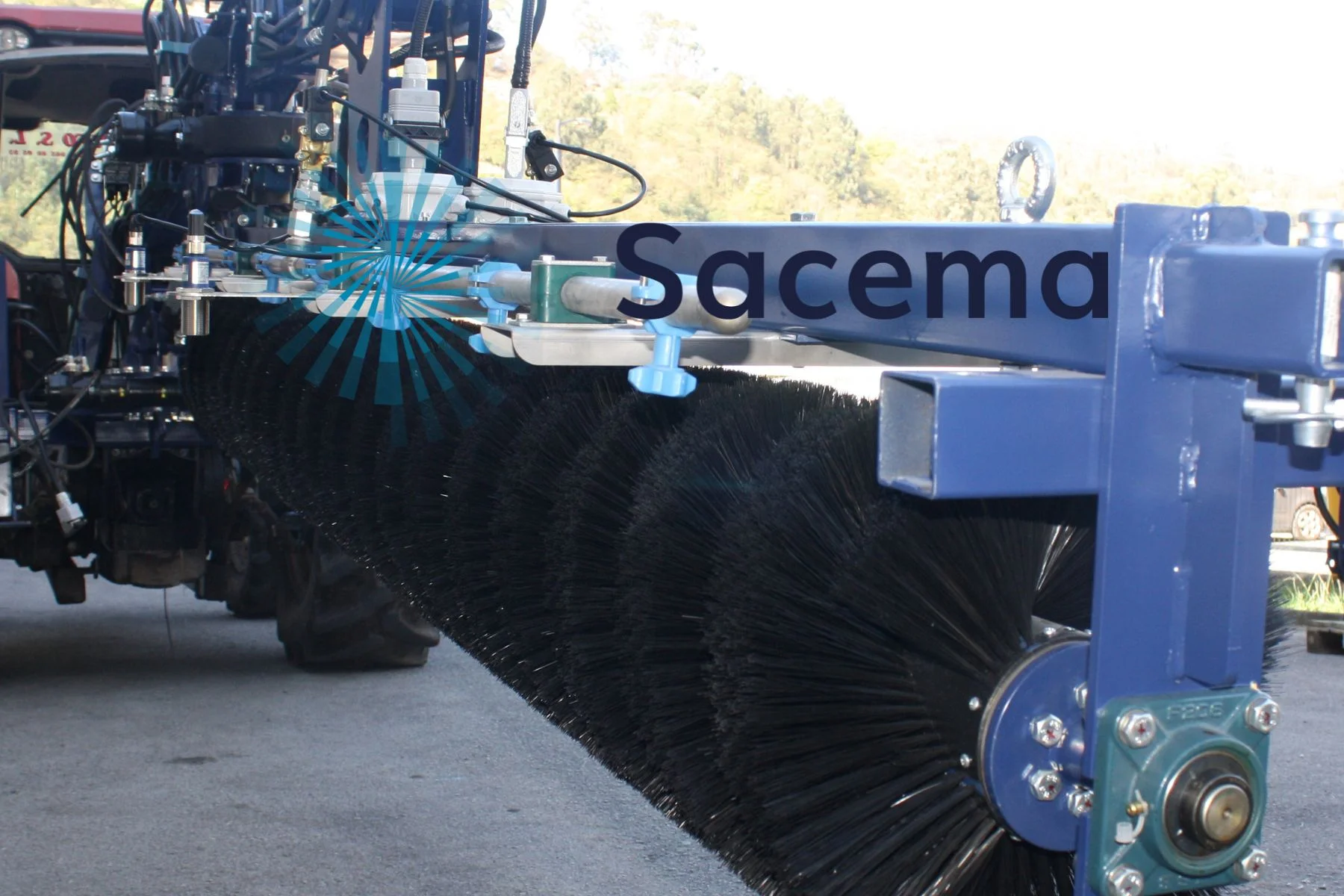

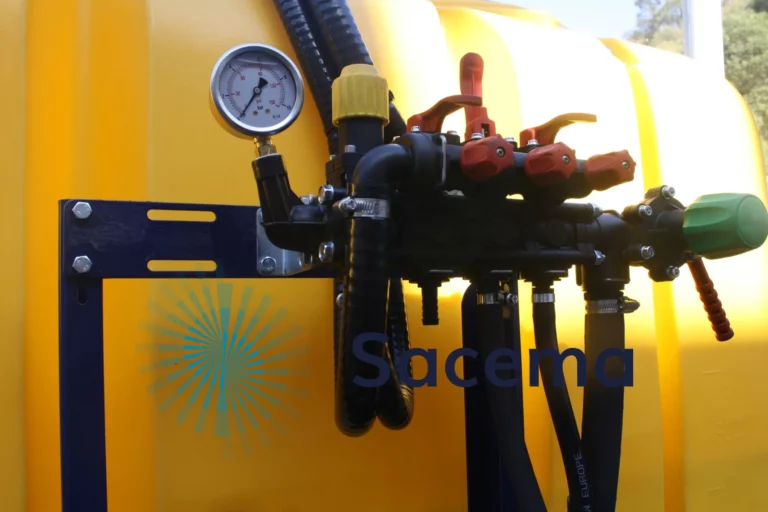
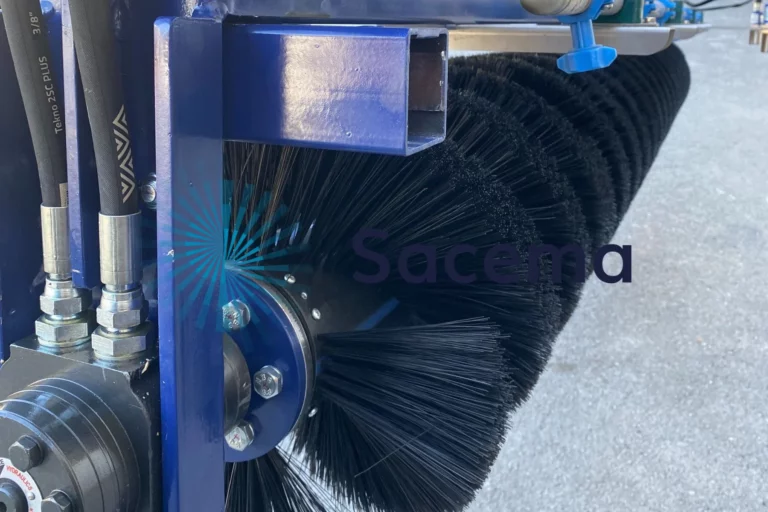
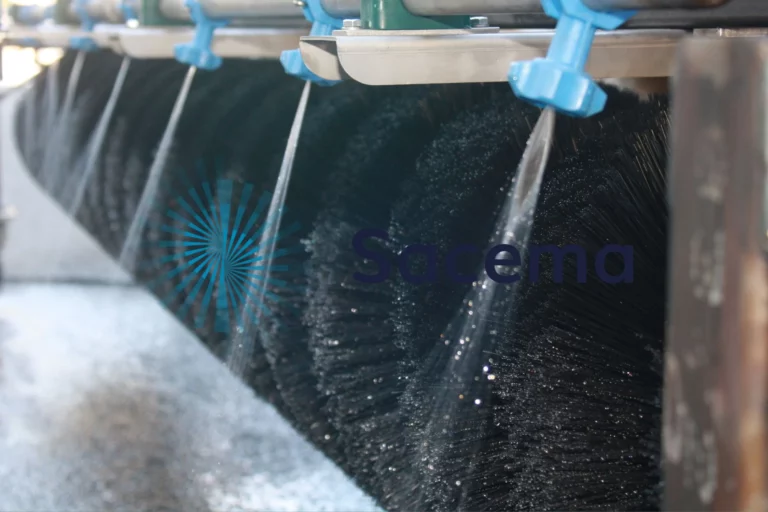
The hydraulic arm, with its wide range of degrees of freedom, is able to reach different angles and positions of the panels, ensuring thorough cleaning.
The cylindrical industrial brush is used to gently remove the dirt adhering to the surface of the panels.
The water tank together with the spray system provides the necessary amount of water to carry out wet cleaning, thus ensuring optimal cleaning when set up in this way.
On the other hand, the cameras located on the brush and the proximity sensors allow precise and safe cleaning to be carried out, avoiding any damage to the panels during the cleaning process.
In summary, the Solar Panel Cleaner is a specialised tool that simplifies the maintenance and efficiency of solar panels. It contributes significantly to maximising their performance and extending their lifespan.
If you have any questions about this or any other brush, please do not hesitate to contact us.
The solar panel cleaner can be configured in a variety of ways to suit the size of the solar farm, the spacing between the rows of panels, the angle of the panels and their arrangement, among other factors.
This cleaning system designed for solar panels represents a highly efficient solution for companies in charge of operating and maintaining solar farms.
The arm and the solar cleaner are controlled by a joystick located in the cabin. From there, the arm and the hydraulic brush can be operated. This system is easily positioned on the panels thanks to its five degrees of hydraulic freedom. This mechanical approach far surpasses the performance of manual cleaning with poles or manual pressure cleaning equipment.
Request fast quotation
If you are interested in this product write to us and we will give you a personalized quotation.
Other products
Can't find what you are looking for?
We design and manufacture your custom-made brush
If within our catalog you do not find a suitable solution to your needs, contact us without obligation and we will offer you a customized solution.
SECTORS
APPLICATIONS

